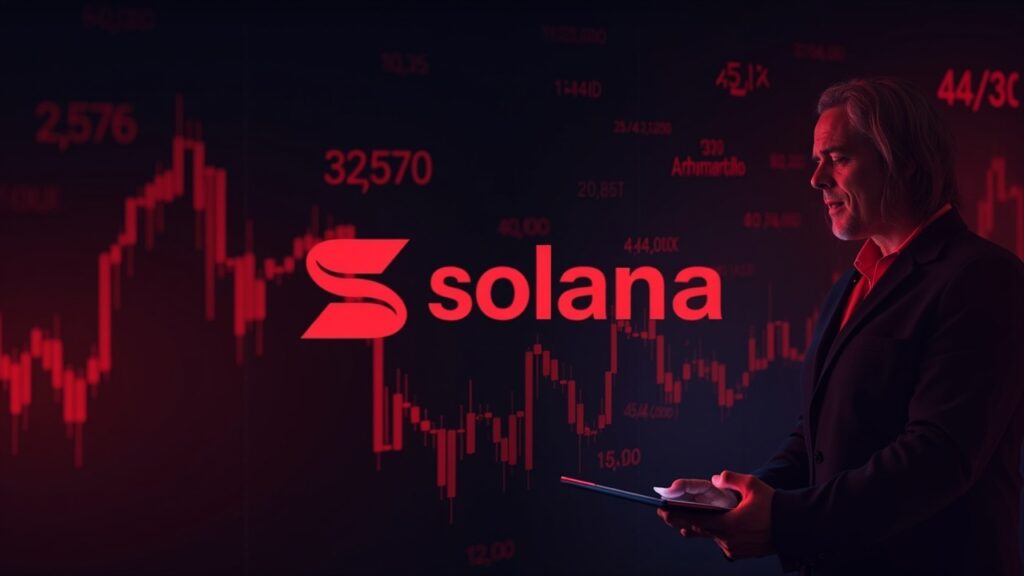Selling pressure in the crypto market is intensifying, leaving nearly 80% of Solana holders with their investments in the red. According to a recent report from intelligence platform Glassnode, this situation underscores an extremely top-heavy market structure that could trigger a wave of panic selling if the price continues to descend. Illia Otychenko, Lead Analyst at CEX.IO, warned that investors looking to break even might choose to exit hastily, dragging the asset’s value even further down.
CoinGlass data reveals a precarious scenario: approximately 239 million dollars in long positions are at risk of being forcibly liquidated if the price drops below $124.40. Currently, the asset is trading around $129.24, showing a 0.3% drop in the last 24 hours and with just a 4% chance of reaching new all-time highs this year. On the other hand, Solana exchange-traded funds (ETFs) have managed to attract 719 million dollars in net inflows since their launch a month ago, with no negative outflows recorded to date.
The situation is exacerbated by the performance of corporate treasuries focused on this ecosystem. Companies holding large reserves of the token face additional difficulties, as their average net asset value is deeply underwater. Furthermore, the crash of VisionSys AI shares, which fell more than 77% after announcing a share offering related to its crypto treasury, exemplifies current systemic risks. These types of events add headwinds that prevent a rapid recovery, strengthening the bearish narrative among market participants.
Will institutional inflows manage to counteract retail investor fear?
Despite the sustained bearish trend over several weeks, some experts see long-term value opportunities. Lawrence Samantha, CEO of NOBI, suggests that every large-scale liquidation event acts as a necessary cleansing of the market structure, setting the stage for a future accumulation phase. Likewise, upcoming macroeconomic events, such as the Fed’s rate decision on December 10, could inject the necessary volatility to reverse the current trend. Thus, attention should focus on institutional accumulation through ETFs rather than daily price action.
Price stability will depend on whether the market manages to absorb selling pressure without breaking critical supports. If general conditions remain weak or another wave of liquidations is unleashed, the value could descend further before finding a solid floor. Finally, a real market bottom usually forms when volatility cools down and leverage resets, allowing long-term buyers to quietly retake control.

